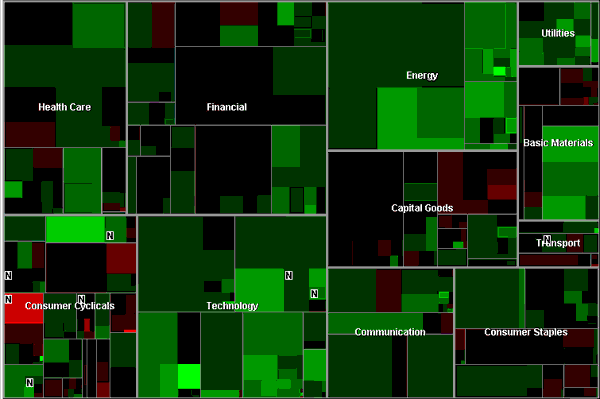Has disintermediation of trading, enabled by the Internet, changed the level of risk that individual investors/traders routinely assume? In his 2005 paper entitled “Where the Action is: Internet Stock Trading as Edgework”, Detlev Zwick argues that the transition of stock trading from pre-Internet communication modes (telephone, fax and in-person) to the computer screen creates new types of individual experiences and practices that existing economic and finance theories do not predict or understand. Using in-depth oral interviews extended by email follow-ups with 25 experienced online investors in Germany, Denmark, and the United States during 2000-2002, he concludes that:
- The computer screen presents the stock market as an approachable, understandable and actionable object of mass consumption, conveying a sense of control and authority to the user. It puts the individual in the driver’s seat with a comprehensible, if not simple, dashboard.
- While making money remains important, progressive virtualization of the market turns the investing experience increasingly into a theatrical spectacle and the work of investing into consumption of amusement. Reflections about personal financial future, long-term
accumulation of wealth, diversification and other tenets of conscientious investing lose importance in the realm of the virtual. - A sense of being able to understand and interact with a largely unpredictable market enables edgework, experiencing risk as an end in itself. Edgeworkers emphasize diligent preparation and a gradual increase in risk-taking, seeking a state of just barely
acceptable chaos and disorder. - Margin and options trading denote a qualitative change in experiencing risk, both representing ways in which investors operate on the verge of “going over the edge.”
The following figure is a snapshot from 9/4/07 of the Map of the Market, which the author cites as a perfect example of a visual tool that gives investors/traders a sense of control and authority. It invites a reassuring perception of the rationality and the wholeness of a complex system that encompasses frantic trading, turbulent money flows and numerous remote places of production and consumption. Such visualizations give the market a familiar if abstract face that encourages users to develop a direct and active relationship. In contrast, mediation by banks, investment advisors and fund managers tends to make investors/traders feel alienated or at least distant from the market.

In summary, game-like trading-enabled visual abstractions of the stock market may encourage individuals to see the market as amusement and treat trading like “edgework,” wherein experiencing anticipated risk becomes an end in itself. (Perhaps some individuals should set up a separate, relatively small, edgework account for amusement.)
Could growth in edgework trading create anomalies for non-edgeworkers to exploit?